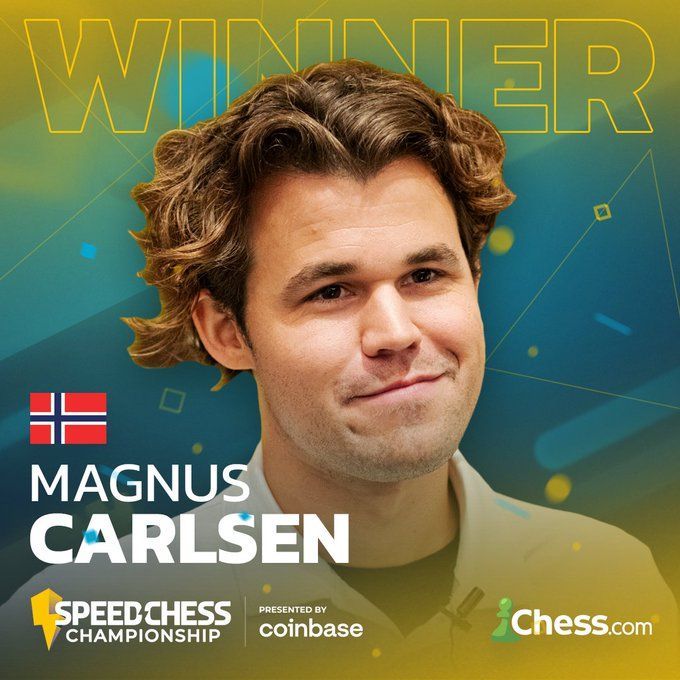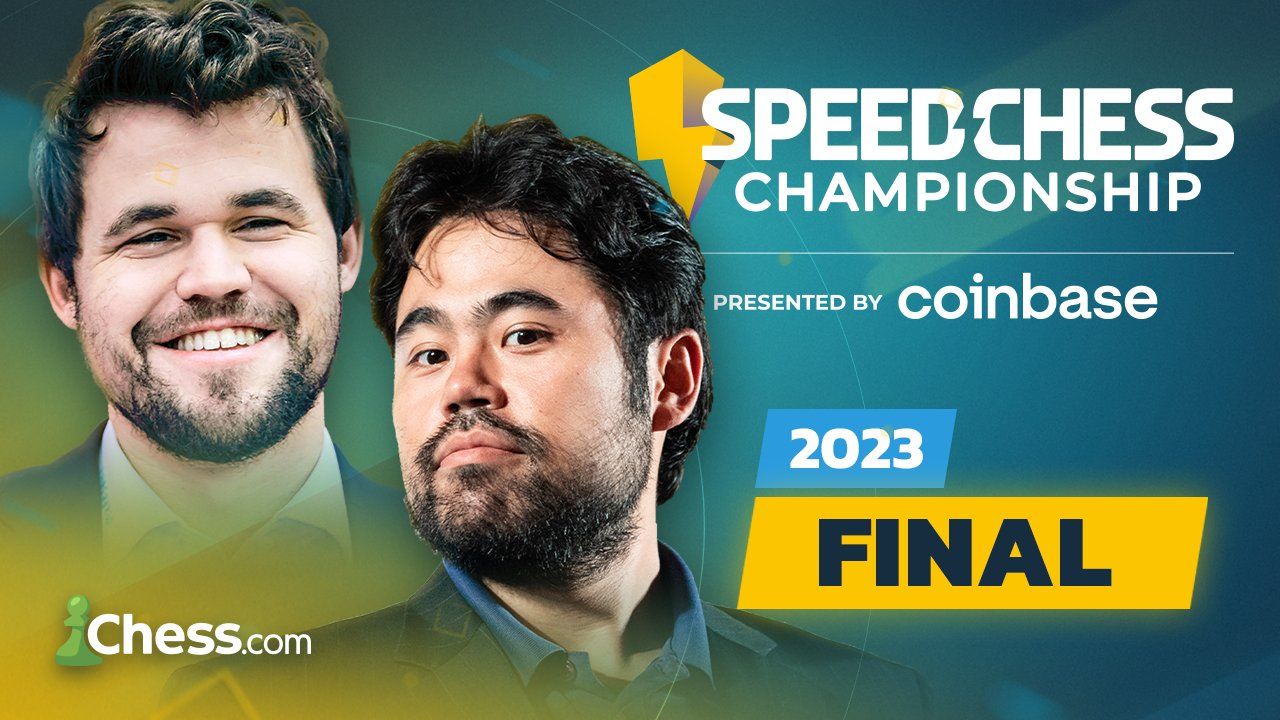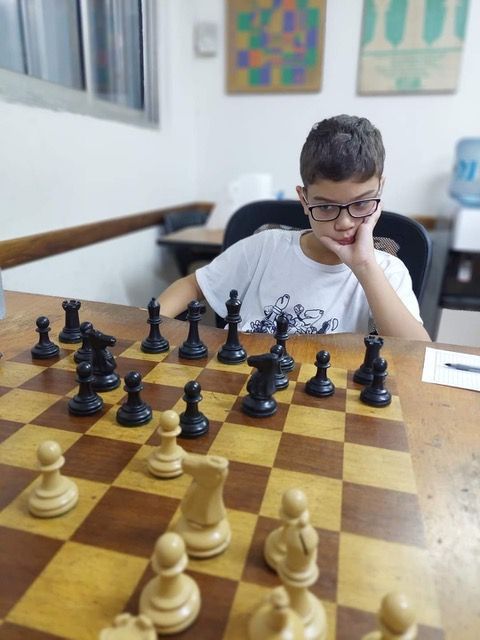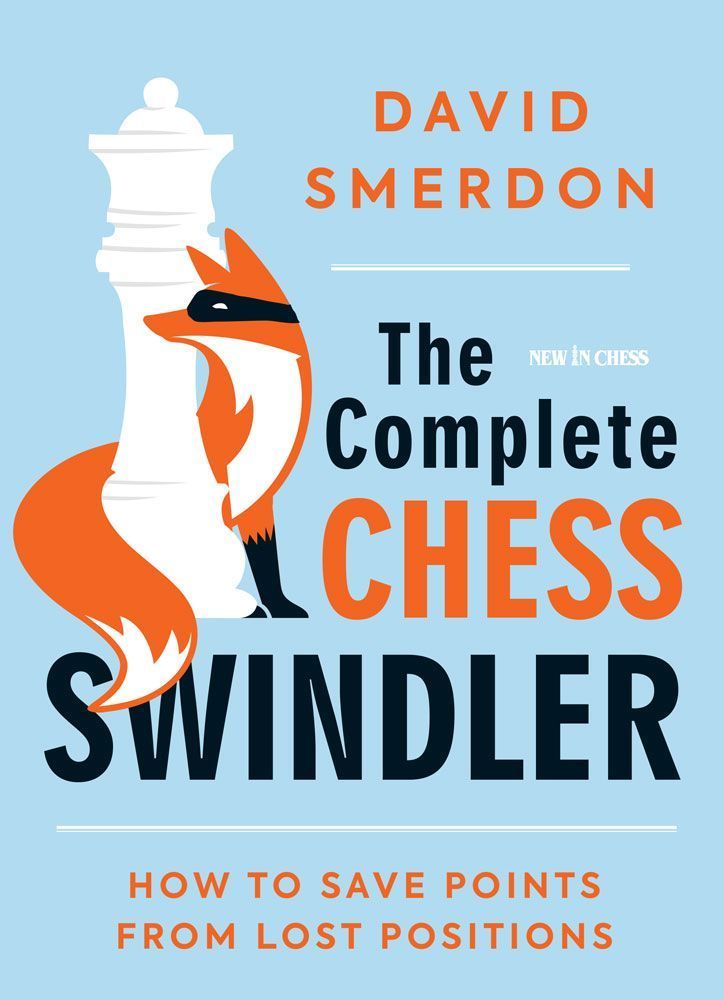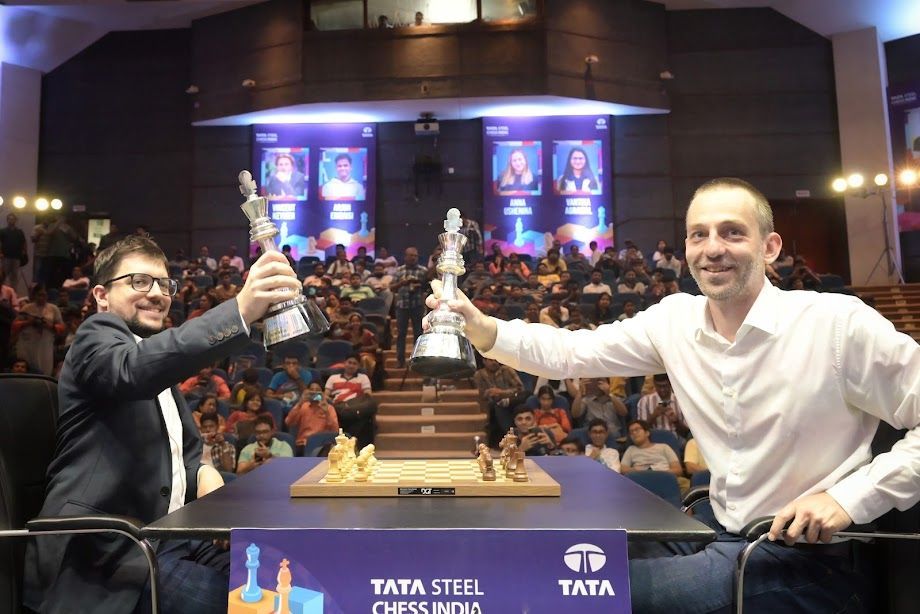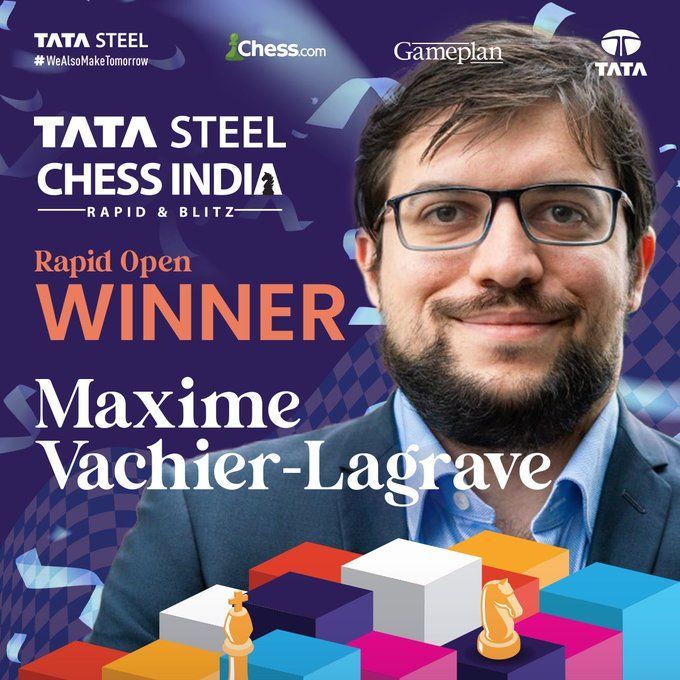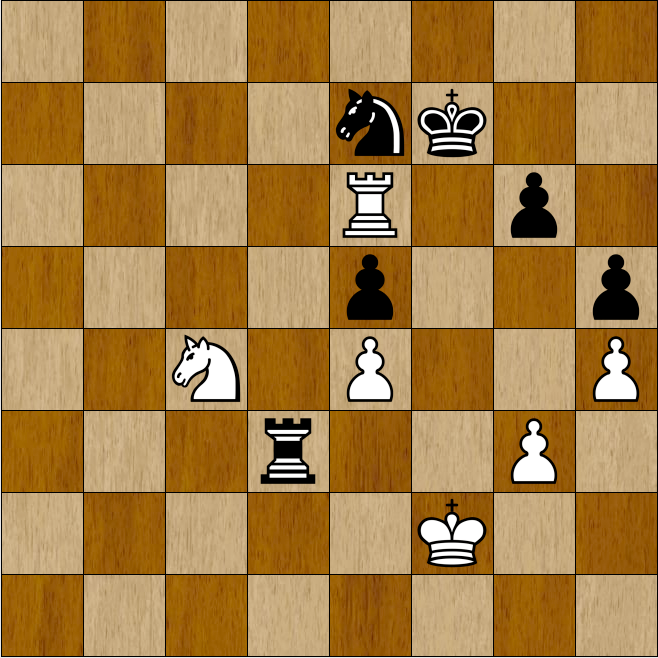Vanity Fair
The game’s world governing body, FIDE, has launched yet another World Championship event, the inaugural World Team Championship, that was held over the past weekend in Dusseldorf, Germany - but this one is mildly controversial, as the clue can be found in the eventual final result, as it took on the air of a vanity project dominated by the event sponsor’s own powerhouse WR Chess team.
It had its attractions though, with forty-two sponsored teams registered to take part in the tournament and a unique blend of professional players, top women, and amateurs on each team. The novel format, faster time control (15 minutes per player, with a 10-second increment per move), and inclusion of amateur players alongside professionals aimed to make the event accessible to a wider audience (and that part failed, apparently).
The controversy is that it is the brainchild of Wadim Rosenstein, the chess-playing founder and CEO of the WR Group who, along with his Dusseldorf-based logistics company, has “allegedly" had some "questionable” Russian business dealings and political connections - which, to be fair to Rosenstein, he recently stated he and his company does not any more. But apart from being the main named sponsor, and bankrolling the chess equivalent of the Harlem Globetrotters, he also got to play in his own victorious team…and he was on hand to pick up the cup!
The open-world rapid team event certainly had a distinct mercenary feel to it, with all the major stars signing up for various privately sponsored club teams rather than national teams, such as Fabiano Caruana, Ian Nepomniachtchi, Wesley So and Levon Aronian. In addition, there were former world champions Vishy Anand and Vladimir Kramnik - and let's not forget the newer generational teenage wannabes now on the cusp of a major elite-level breakthrough: Gukesh D, 17, and Rameshbabu “Pragg” Praggnanandhaa, 18, who was the breakout star of the recent World Cup in Baku, where he lost to Magnus Carlsen in the final.
They may well have been second seeds on paper, but WR Chess simply dominated from start to finish to take the inaugural title with a round to spare, unbeaten on 22/24 match points, to secure victory by two points ahead of top seed rivals “Freedom”, led by Vishy Anand. The overall star performer, and for the victorious WR Chess team, proved to be Pragg, who followed on from his stunning performance at the recent World Cup to top-score with an unbeaten 6.5/7, ceding his only draw of the contest to former world champion Kramnik.
Final standings can be found on the official site by
clicking here
GM R Praggnanandhaa - GM Raunak Sadhwani
World Rapid Team Ch., (6)
C50: Giuoco Piano
1.e4 e5 2.Nf3 Nc6 3.Bc4 The Giuoco Piano - meaning 'quiet game' in Italian - is one of the oldest recorded openings in chess, played and analysed in the 16th century. 3...Nf6 4.d3 Bc5 5.a4 d6 6.O-O O-O 7.h3 h6 8.Be3 Bxe3 9.fxe3 This is all similar to Pragg's tiebreak loss to Magnus Carlsen last week in the World Cup Final in Baku, so the Indian whiz-kid will be in familiar territory with this. 9...Be6 In the aforementioned game, Carlsen opted to bring the knight back to e7 and then play ...c6, ...d5 and ...Qd6 with a tense struggle. Rather than that, Sadhwani opts for something less complex. 10.Bxe6 fxe6 11.c3 a5 12.Nbd2 d5 13.Qb3 b6 14.Rae1 Qd6 15.exd5 Qxd5 16.e4 Qxb3 17.Nxb3 Rad8 18.Re3 Nh5 19.Nbd2 Nf4 20.Ne1Superficially, the Black knight looks menacing on f4 - but the reality is that Pragg only needs to rejig his pieces a little and he'll soon be kicking the knight from its glorious outpost.
20...Rd7 21.Kh2 The key to evicting the knight from its f4 outpost. 21...Rfd8 22.Rff3 h5 On reflection, perhaps better was 22...Rf7!? 23.Nc4 (Or even 23.g3 Ng6 24.Rxf7 Kxf7 25.Nc4 Kf6 26.h4 Nh8! and a better position to defend than happens in the game, with the knight re-emerging again on f7) 23...Rfd7 24.g3 Nh5 25.Rf2 and a similar struggle ahead for both players as in the game - though here, Black is a little better placed to defend. 23.g3 Ng6 24.Nc4 Nb8 Right idea, wrong knight and wrong wing of the board! As noted above, Black can retreat with 24...Nh8!? 25.Rf2 Nf7 and it is just harder for White to find a way to make a breakthrough. 25.Nc2 Na6 The knight regrouping from b8-a6 would be good if Black can get in ...Nc5 - but Pragg soon puts the kibosh on that freeing idea. 26.b4 axb4 27.cxb4 Rb8 28.Re1 b5 Now given a longer time-control, I dare say Sadhwani might well have found a successful way to hold this position - but in the faster time-control, Pragg makes life extremely difficult for his fellow teenage countryman with some imaginative hard pressing. 29.axb5 Rxb5 30.Rb1 c6?! A wasted move that allows Pragg to take the initiative - much better was the immediate 30...Rd8! looking to tie White down to defending the b-pawn with ...Rdb8. 31.h4 Rd8 32.Ra1! From nowhere, suddenly Pragg's pieces are springing to life - and probably at the wrong moment for his opponent as crucially we come closer to the time-control. 32...Nxb4 33.Nxb4 Rxb4 34.Ra7 Rf8?!
It's one of those tricky positions where you are trying to stop White from doubling rooks on the seventh, and Mr Engine being Mr Engine nonchalantly just tells you it is no biggie to allow the rooks to double on the seventh! It wants to play the very unnatural 34...Kh8! 35.Ra5 (Of course, there's a saving resource spotted by the engine that stops 35.Rff7 with the stunning 35...Nf4! 36.Rxg7 (No better is 36.gxf4 Rxd3 37.Rxg7 Rxc4 and with both sets of rooks threatening mates, the game is going to soon peter out to a draw by a perpetual after 38.Rae7! exf4 39.Rh7+ Kg8 40.Rhg7+ Kf8 41.Rgf7+ Kg8 42.Rg7+ etc) 36...Nxd3 37.Rh7+ Kg8 38.Rag7+ Kf8 39.Ra7 Kg8 and a draw) 35...Rb3 36.Nxe5 Nxe5 37.Rxe5 Kg8! Bringing the king back over helps secure a technical R+P endgame draw, as we'll soon see. 38.Rxe6 Rdxd3 39.Rxd3 Rxd3 40.Rxc6 Rd2+ 41.Kh3 (If you try 41.Kg1with the idea of shuffling the king across to e1, then Black will simply play ...Rg2 - either way, White can never make anything of his extra pawn) 41...Re2 42.Rc4 If the king was back on h8, then White could have some chances with 42.Re6 but here, Black easily holds the draw with 42...Kf7 43.Re5 g6 and no way to stop ...Kf6 and ...Kf7 harassing the rook on the e-file defending the extra pawn) 42...g6 43.Ra4 Kg7 44.Rb4 Kf6 and White can't make any progress with his extra e-pawn. 35.Rxf8+ Kxf8 36.Ra6 Rb3 37.Rxc6 Rxd3?! It is extremely difficult with the digital clock metaphorically ticking in the background, but the drawing technique again pointed out by the ever-resourceful Mr Engine, was 37...Kf7! 38.Rc7+ Kf8 (Not 38...Kf6?! as you give yourself difficulties with the self-mate themes with 39.Nd6! Ne7 40.Ne8+ Kf7 41.Nxg7 Rxd3 42.Nxh5 Rd4 It's probably still a draw, but suddenly White has "chances" he never had before with the passed g- and h-pawns) 39.Rd7 Rb1 Looking to get behind the d-pawn with ...Rd1 40.Nd6 Rb3 41.Nb7 Kg8 42.Nc5 Rb6 and White can never make any progress here.
38.Rxe6 Rd4 39.Nd6! Pragg continues to find the moves that make life difficult for his opponent, rather than the automatic capture of the pawn with 39.Nxe5 quickly ends in a technically drawn R+P endgame after 39...Nxe5 40.Rxe5 Rd2+ 41.Kh3 g6 and see the above note) 39...Ne7 40.Kg2 Rd2+ 41.Kf3 Rd3+ 42.Kf2 g6? Black implodes under the pressures and the time constraints - but the game is probably lost anyway after 42...Rd2+ 43.Ke3 Rd1 (Or alternatively 43...Rg2 44.Kf3!) 44.Nb7 and with the e5-pawn falling next, White is ideally placed to go on to win. 43.Nc4 Kf7 (see diagram) 44.Nxe5+? Zeitnot, pure and simple - and the only loose move from Pragg in the whole game. I can see the attraction, but this is bad, though paradoxically winning, down to the big time squeeze - the correct technique to win was 44.Rb6! with Nxe5 to follow. But anything goes in rapid at the dying embers of a game, what with the mad dash of mutual metaphorical flags hanging. 44...Kxe6 45.Nxd3 Kf6 46.Nf4 g5 47.Nxh5+ Kg6 48.g4 gxh4? Everything suddenly goes "all random" with the time scenario - but drawing was 48...Nc6! 49.hxg5 Kxg5 50.Kf3 Ne5+ 51.Ke2 Nxg4 52.Ng3 Kf4 and in the worst-case, Black can always sac the knight for the passed e-pawn.
49.Nf4+ Kf6? The final, fatal mistake. After 49...Kg5! 50.Kf3 Nc6 51.Nh3+ Kf6 52.g5+ Ke5 53.Ke3 Nd4 54.g6 Nc6 55.Nf4 Kf6 56.Kf3 Ne5+ the game will peter out to an easy draw with the g-pawn falling soon. 50.Nd5+! Oopsie! Pragg is alert to the fact that the knights being traded will leave him with a winning K+P endgame. 50...Nxd5 51.exd5 1-0 And Black resigns with little or no time left on his clock, and certainly with enough time on Pragg's clock to find the K+P endgame win after 51...Ke5 52.Kg2 Kxd5 53.Kh3 Ke6 54.Kxh4 Kf6 55.Kh5 Kg7 56.Kg5
and White's king takes the opposition to now push the g-pawn home.



